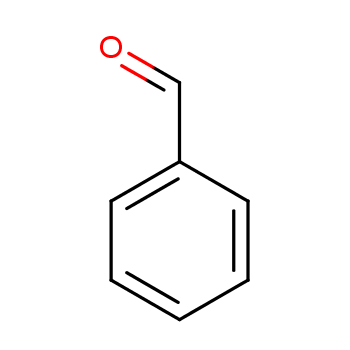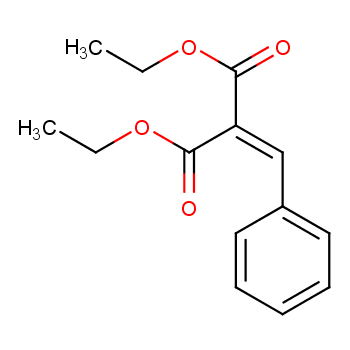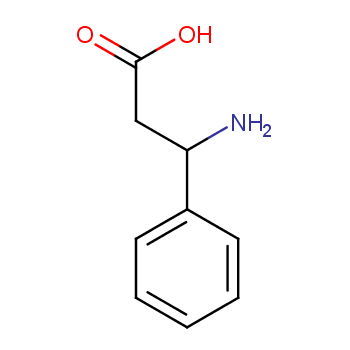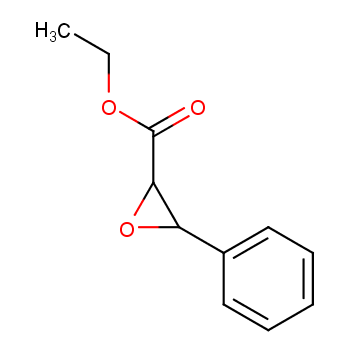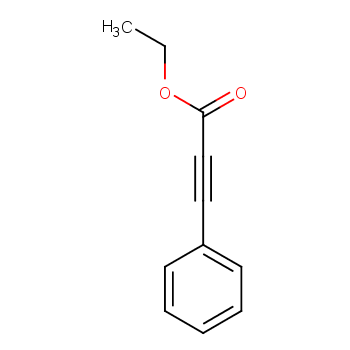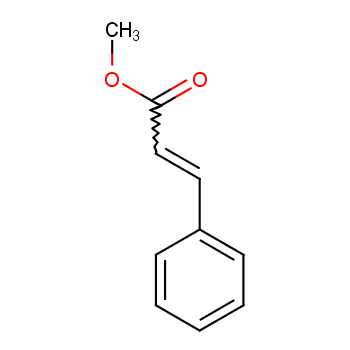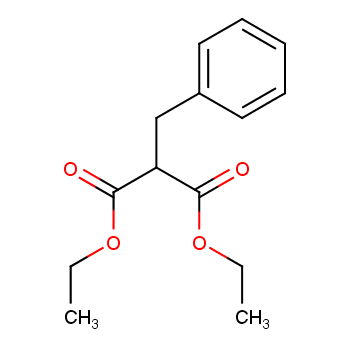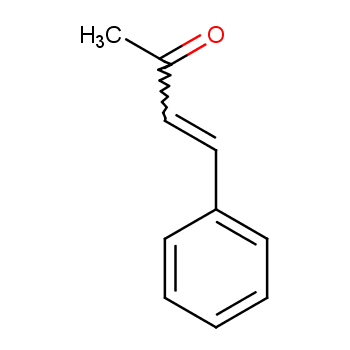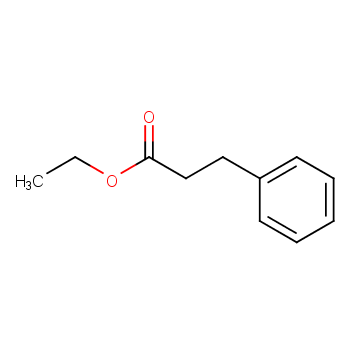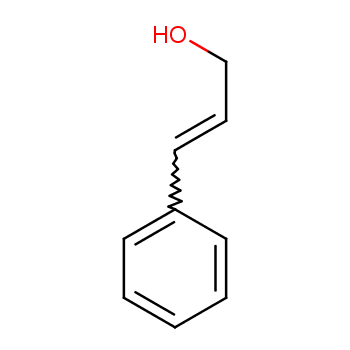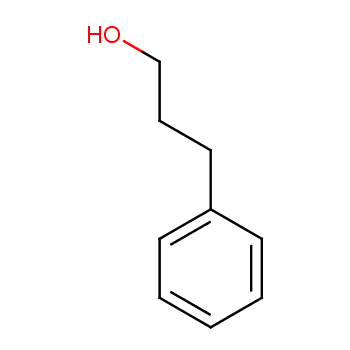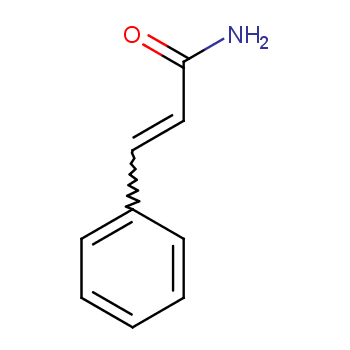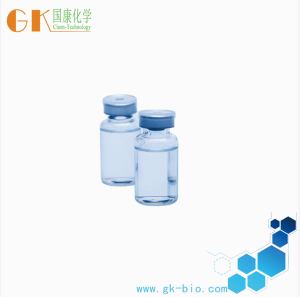Ethyl cinnamate (CAS 103-36-6) is a colorless to pale yellow liquid with a sweet, fruity odor. It has a basic structure consisting of an ethyl group attached to a cinnamate group. This chemical is soluble in alcohol and oils, but only slightly soluble in water. Ethyl cinnamate has a melting point of -8°C and a boiling point of 271°C. It is stable under normal conditions and does not undergo any significant decomposition. However, it may react with strong oxidizing agents.
Applicable Fields
Perfume Industry: Ethyl cinnamate is widely used in the perfume industry as a fragrance ingredient. It provides a sweet, fruity scent and is often used in floral and fruity fragrances. The mechanism of action involves the interaction of the chemical with olfactory receptors in the nose, resulting in the perception of a pleasant fragrance.
Food Industry: In the food industry, ethyl cinnamate is used as a flavoring agent. It imparts a fruity and sweet taste to various food products, including candies, baked goods, and beverages. The mechanism of action involves stimulating taste receptors on the tongue, enhancing the perception of sweetness.
Pharmaceutical Industry: Ethyl cinnamate has potential applications in the pharmaceutical industry. It exhibits antimicrobial and antioxidant properties, making it suitable for use in topical formulations and as a preservative. The mechanism of action involves inhibiting the growth of microorganisms and preventing oxidative damage.
Storage Conditions
Store in a cool, dry place.
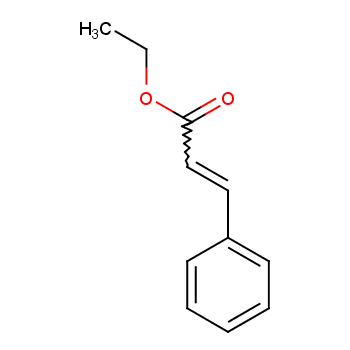
 EN
EN





